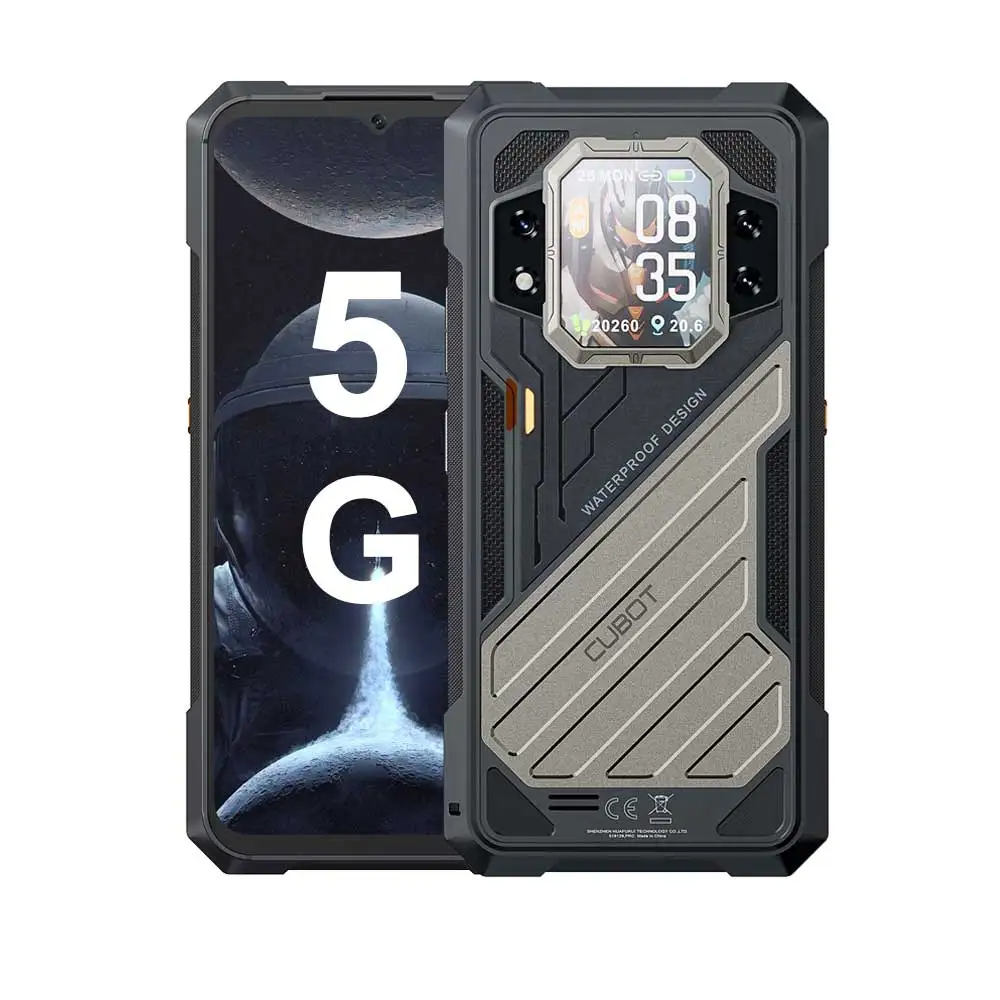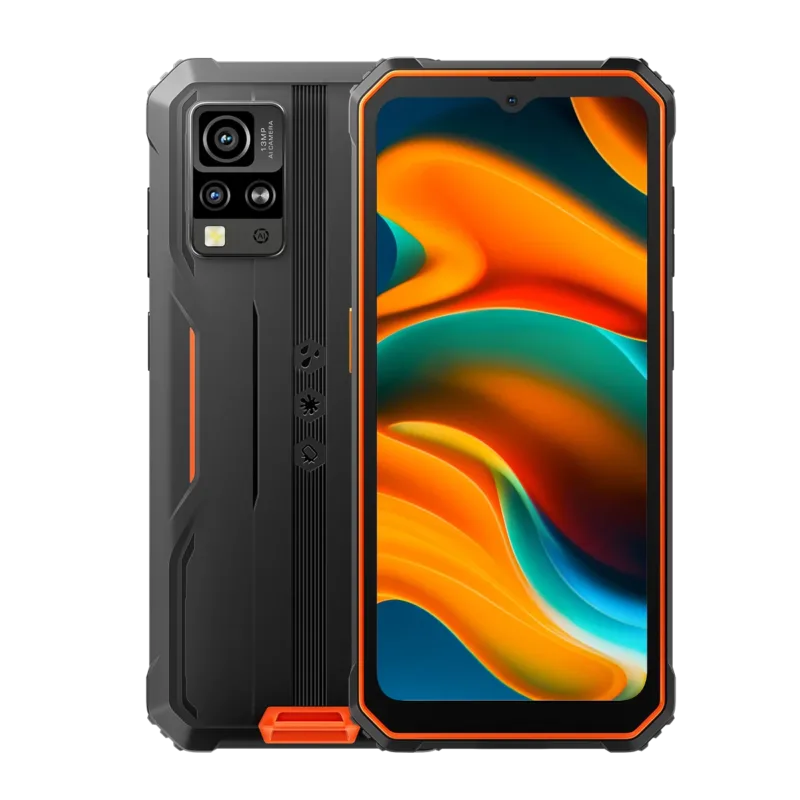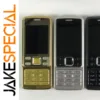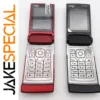Embrace Resilience: Why Rugged Smartphones are Your Ultimate Companion for Active Lifestyles
The smartphone industry is continuously evolving, with cutting-edge technology and sleek designs dominating the competition. However, in recent years, a different trend has emerged: the rise of rugged smartphones. These durable devices are specifically designed to withstand harsh conditions, making them increasingly appealing to various user demographics. This article will explore the reasons behind the growing popularity of rugged smartphones and why durability matters in today’s mobile market.
The Growing Demand for Durability
As technology becomes more intertwined with our daily lives, the need for devices that can keep up with demanding environments is paramount. Several factors contribute to this demand:
- Active Lifestyles: Many individuals now lead more active lifestyles that involve outdoor activities, construction work, or extreme sports. A smartphone that can survive drops, water, and dust is essential for such users.
- Business Applications: Industries such as construction, manufacturing, and logistics often require employees to use mobile devices in challenging environments. Rugged smartphones provide the reliability needed to perform tasks without the worry of damage.
- Advent of Remote Work: With the increase in remote work, many employees find themselves working from various locations, often exposing their devices to unpredictable conditions. Durability has become a significant consideration for maintaining productivity.
Technical Features that Enhance Durability
Rugged smartphones come equipped with various technical features designed to withstand physical challenges. Understanding these specifications can help consumers choose the right device for their needs:
- IP Rating: Most rugged smartphones possess an IP (Ingress Protection) rating that indicates their resistance to dust and water. A common rating for rugged devices is IP68, meaning they can be submerged in water for extended periods while remaining functional.
- Military Standards: Many rugged smartphones meet or exceed military standards (MIL-STD-810G) for drop and impact resistance. This certification ensures that these devices can endure shock, vibration, and extreme temperatures.
- Reinforced Materials: Rugged smartphones often utilize materials such as rubberized bumpers, tempered glass, and reinforced frames to enhance their structural integrity and scratch resistance.
- Long Battery Life: Users working in demanding conditions require devices with extended battery life. Rugged smartphones generally come with larger batteries designed to last longer under strenuous use.
Highlighted Rugged Smartphones
Two exceptional examples of rugged smartphones that exemplify durability and functionality include the Blackview BV4800 and the CUBOT KINGKONG X.

The Blackview BV4800 features a 6.56-inch HD display that delivers crystal-clear visuals, a 5180mAh battery for long-lasting power, and an IP68 rating for water and dust resistance. This smartphone is perfect for those who require reliable performance in demanding environments.

On the other hand, the CUBOT KINGKONG X boasts an impressive 10200mAh battery and a stunning 100MP rear camera, making it ideal for capturing beautiful moments while on an adventure. With its 6.58-inch FHD+ display and rugged design, it is built to withstand the harshest conditions.
Market Trends and Consumer Preferences
The evolution of consumer preferences has also played a crucial role in the rise of rugged smartphones. Many consumers are looking beyond aesthetic appeal; they seek practicality and longevity in their tech purchases. Key trends include:
- Value for Money: Consumers are becoming more cost-conscious. The durability of rugged smartphones often leads to lower replacement costs over time due to their ability to withstand wear and tear.
- Environmental Awareness: With growing concerns about e-waste, consumers are increasingly looking for devices that last longer and offer repairability. Rugged smartphones, designed for durability, often meet these expectations.
- Brand Loyalty: Companies that produce rugged smartphones often cultivate a loyal customer base by meeting the needs of specific niches. Users who require rugged designs tend to remain loyal when a brand consistently delivers quality products.
The Future of Rugged Smartphones
The rugged smartphone market is expected to expand further as technology continues to advance. Future innovations might include:
- Enhanced Connectivity: As IoT devices proliferate, rugged smartphones will need to integrate better connectivity options, enabling seamless communication in remote locations.
- Integration of Smart Features: With the advancement of AI and machine learning, rugged smartphones may incorporate smart features to boost performance, such as predictive battery management and AI-driven repair diagnostics.
- Customization and Accessories: Manufacturers might offer more customization options and accessories tailored to rugged smartphones, allowing users to modify their devices for specific environments.
Conclusion
The ascendancy of rugged smartphones in the mobile market illustrates a shift towards valuing durability and practicality over mere aesthetics. As individuals and industries recognize the necessity of reliable devices capable of handling extreme conditions, rugged smartphones will continue to gain traction. By understanding the technical features, market trends, and consumer dynamics that underpin this rise, users can make informed decisions that contribute to a sustainable and practical mobile experience. In an unpredictable world, a rugged smartphone is not just an investment in technology but a commitment to resilience.





